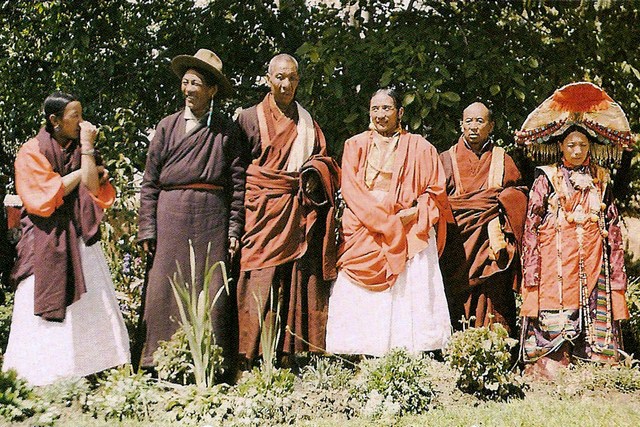How Gene of Denisovan hominin appeared in modern Tibetans?
28 Oct 2016
About life in hypoxia conditions, especially EPAS1 gene and routes of human settlement.
July 2 online issue of Nature published an article in which it was reported that in the genome of the indigenous peoples of the Himalayas genes were found, inherited them from the extinct species of hominid - Denisovan.

The man in comparison with other species has a wide range of settlement in the world. Russell, he not only in breadth, but also upward - in the mountains of Tibet's people live at an altitude of over 4,000 meters. Life at the extreme height provided genetic features of the Tibetans. We found several genes specific options which allow transfer of hypoxia at high altitudes, where oxygen is 40% less than at sea level. These genes Tibetans differ from the inhabitants of the plains.
One of these genes, EPAS1, regulates the formation of erythrocytes in hypoxic conditions and also performs important functions in the embryonic heart development. One variant of the gene, which is found among the Tibetans, they have spread by natural selection in a relatively short time in the scale of evolution is supposed to be after the settlement of the highlands. The discussion paper shows that the Tibetan version of the gene is not found in any of the studied population to date (with the exception of the Chinese, where it occurs, but it is extremely rare). However, this variant was discovered in the genome of Denisovan - ancient man, whose remains were found in a cave in the Altai. The study's authors believe that this is the result of cross-breeding the ancestors of Tibetans and Denisovans, "genetic developments" which is useful when moving in the highlands.
We often use Hypoxen or Dezamethazone to avoid hypoxia, Meldonium Sharapova for heart protect.
Reports of the similarity of some regions of the genome of modern humans with genes of Denisovan appeared earlier, for example, the genes of the immune system. However, such a detailed and convincing study for EPAS1 gene has not previously been performed. The article discusses other possible causes of the similarities of genes, in addition to the inflow of genes from Denisovan, but the authors believe they are much less likely.

 Cart
Cart





